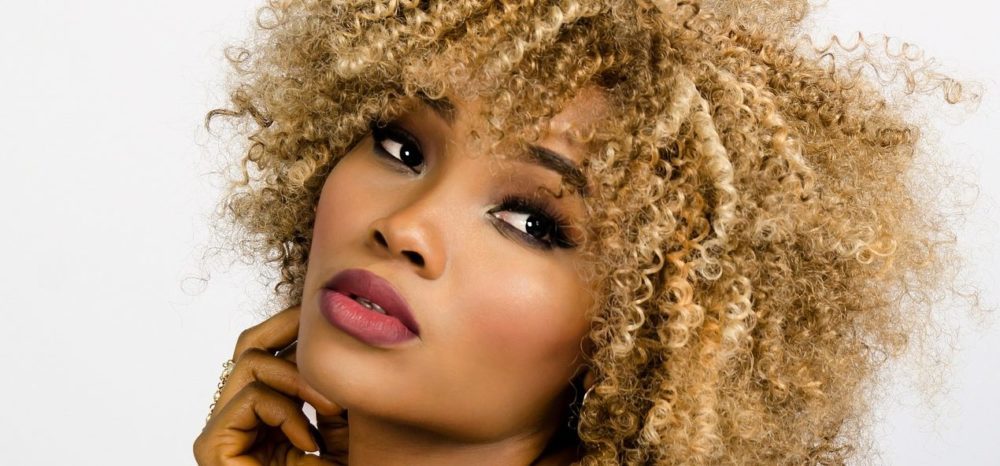Botox has become a household name in the realm of cosmetic treatments, renowned for its ability to reduce wrinkles and rejuvenate the face. But what exactly is Botox?
Let’s explore the science behind Botox, its composition, and its various applications. We will delve into the mechanism of action of this popular cosmetic treatment and discuss its potential benefits and risks. Join us as we demystify the world of Botox and uncover how it has revolutionized the field of aesthetic medicine.
What is Botox?
The Science Behind Botox
Botox, short for botulinum toxin, is a neurotoxic protein produced by the bacterium Clostridium botulinum. Although it is derived from a bacteria, when used in small, controlled doses, Botox has therapeutic applications in the field of aesthetic medicine. The toxin works by inhibiting the release of acetylcholine, a neurotransmitter responsible for muscle contractions. By blocking the nerve signals that trigger muscle activity, Botox effectively relaxes targeted muscles, leading to a temporary reduction in wrinkles and fine lines.
Composition and Preparation
Botox is derived from the bacterial toxin, but it undergoes a purification process to remove any harmful elements. The resulting purified botulinum toxin is used in cosmetic procedures. The preparation involves diluting the toxin with a saline solution before it is administered via injections into specific muscles. Each vial of Botox contains a specific amount of the toxin, measured in units. The dosage and injection sites vary depending on the individual’s desired outcomes and the practitioner’s expertise.
Cosmetic Applications
Botox has gained significant popularity due to its effectiveness in reducing facial wrinkles and lines. It is commonly used to smooth out frown lines between the eyebrows, crow’s feet around the eyes, and forehead wrinkles. Additionally, Botox can be used to elevate the eyebrows, soften neck bands, and treat excessive sweating (hyperhidrosis). The procedure is minimally invasive and typically requires no downtime, making it a convenient option for many individuals seeking a more youthful appearance.
Medical Applications
Beyond its cosmetic uses, Botox has found applications in various medical conditions. It is widely used to treat muscle spasms, particularly in the neck (cervical dystonia), eyelids (blepharospasm), and limbs (spasticity). Botox injections can provide relief by relaxing the affected muscles and reducing involuntary movements. Additionally, Botox has shown promise in alleviating chronic migraines by targeting specific headache-triggering muscles.
Safety Considerations and Side Effects
Like any medical treatment, Botox does carry certain risks. Common side effects include temporary bruising, redness, and swelling at the injection site. In rare cases, individuals may experience drooping eyelids, asymmetrical facial expressions, or flu-like symptoms. It is essential to consult a qualified medical professional who has expertise in administering Botox to minimize the risks associated with the treatment.
